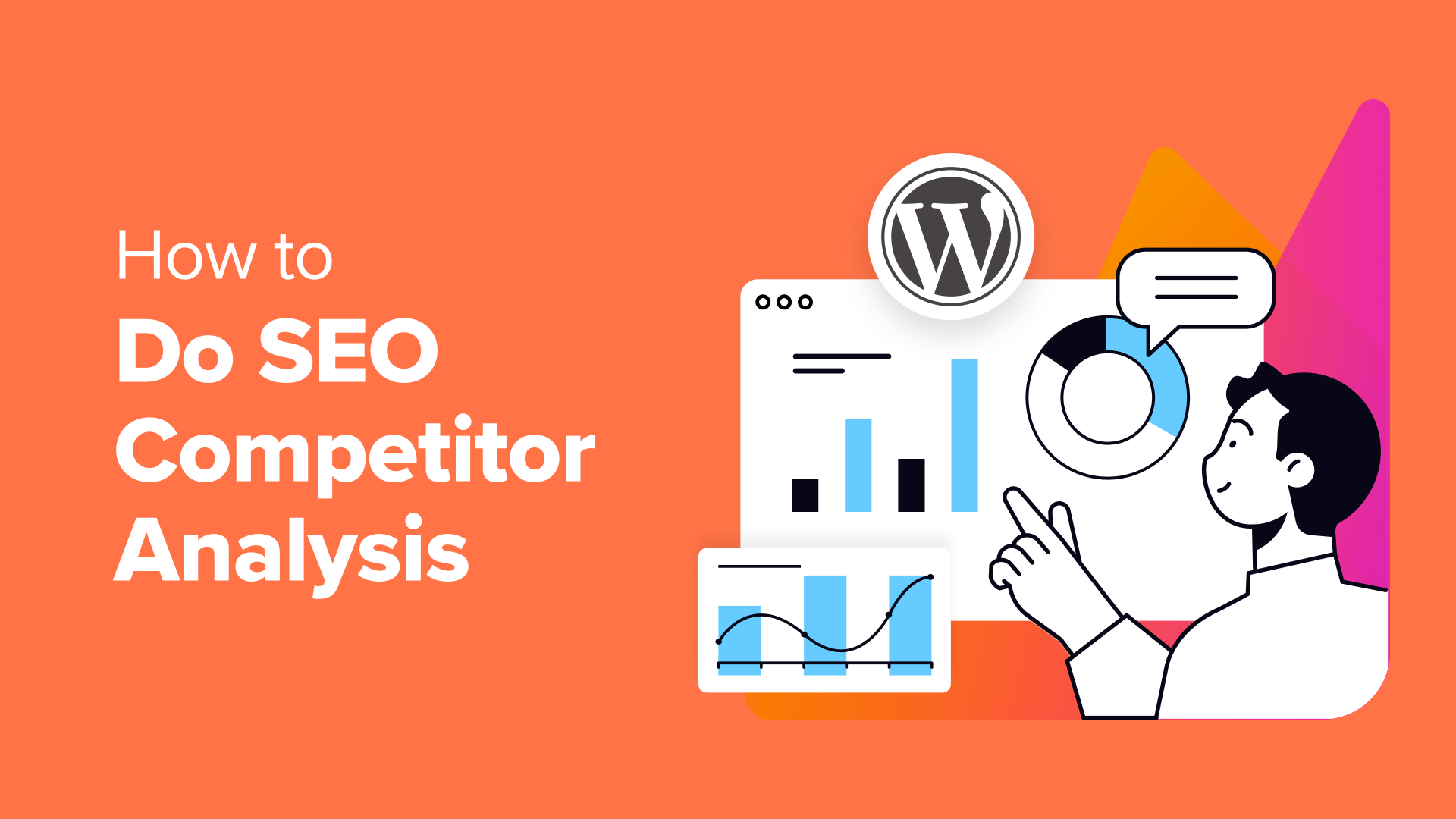The 5 Stages of a Branding Process
If you need assistance with any stage of the branding process, our team of branding experts is here to help. Contact us today to schedule a consultation and start building a brand that truly represents your business and drives success.

The branding process is a comprehensive journey that helps a business establish a strong identity and communicate its value to its target audience. Understanding the five stages of this process is crucial for creating a successful brand that resonates with customers and stands out in the marketplace. Here’s a detailed look at each stage:
Brand Discovery
Objective:
To understand and define the essence of your brand.
Key Activities:
-
Market Research: Analyze market trends, customer behavior, and competitive landscape. This involves studying industry trends, conducting surveys, and gathering customer feedback to understand what your target audience values.
-
Audience Analysis: Identify your target audience’s needs, preferences, and pain points. Creating detailed buyer personas can help in understanding who your ideal customers are and what they are looking for in a brand.
-
Competitor Analysis: Examine the strengths and weaknesses of your competitors. Assess their branding strategies, market positioning, and customer perceptions to identify gaps and opportunities.
-
Brand Audit: Evaluate your current brand’s position, reputation, and performance. This includes reviewing existing brand elements like logos, messaging, and customer feedback.
Deliverables:
- Market research reports
- Audience personas
- Competitor analysis summary
- Brand audit report
Brand Strategy
Objective:
To define how your brand will be positioned in the market and how it will communicate its value.
Key Activities:
-
Brand Positioning: Determine your brand’s unique value proposition and how you want it to be perceived in the market. This involves defining what makes your brand different from competitors and why customers should choose it.
-
Brand Mission and Vision: Develop a clear mission statement that outlines the purpose of your brand and a vision statement that describes where you want your brand to go in the future.
-
Brand Values: Establish the core values that your brand stands for. These values should align with your mission and vision and guide all brand activities and communications.
-
Brand Messaging: Create a messaging framework that includes key messages, taglines, and a brand story. This messaging should consistently convey your brand’s value proposition and resonate with your target audience.
Deliverables:
- Brand positioning statement
- Mission and vision statements
- Brand values document
- Messaging framework
Brand Identity
Objective:
To create the visual and verbal elements that represent your brand.
Key Activities:
-
Logo Design: Develop a distinctive logo that visually represents your brand’s identity. The logo should be memorable, versatile, and aligned with your brand’s values and positioning.
-
Visual Style: Define your brand’s visual elements, including color schemes, typography, imagery, and design patterns. This visual style should be consistent across all brand touchpoints.
-
Brand Voice and Tone: Establish the tone and style of your brand’s communication. This includes determining how your brand speaks to its audience and how it conveys its messages through different channels.
-
Brand Guidelines: Create a comprehensive brand guidelines document that outlines how to use brand elements consistently. This includes guidelines for logo usage, color palettes, typography, and visual style.
Deliverables:
- Logo design
- Visual style guide
- Brand voice and tone document
- Brand guidelines
Brand Implementation
Objective:
To launch and integrate your brand into all aspects of your business operations and marketing.
Key Activities:
-
Brand Launch: Develop a launch plan that includes strategies for introducing your brand to the market. This may involve press releases, social media campaigns, events, and other promotional activities.
-
Internal Rollout: Ensure that all employees understand and embrace the new brand. Conduct training sessions and provide resources to help staff effectively communicate and represent the brand.
-
Marketing and Communications: Implement your brand strategy across all marketing channels, including digital marketing, advertising, content creation, and public relations. Ensure that all brand touchpoints are aligned with your brand identity.
-
Customer Experience: Integrate your brand into customer interactions and service delivery. Ensure that the brand’s values and messaging are consistently reflected in every customer touchpoint.
Deliverables:
- Brand launch plan
- Internal communication and training materials
- Marketing and communication strategies
- Customer experience guidelines
Brand Evaluation and Management
Objective:
To monitor and manage the brand’s performance and adapt to changes in the market.
Key Activities:
-
Performance Tracking: Measure the effectiveness of your branding efforts using metrics such as brand awareness, customer perception, engagement, and sales. Use tools like surveys, analytics, and market research to gather data.
-
Feedback Collection: Regularly gather feedback from customers, employees, and stakeholders to understand their perceptions of the brand and identify areas for improvement.
-
Brand Adaptation: Make necessary adjustments to your brand strategy based on performance data and market changes. This may involve updating brand messaging, revising visual elements, or refining your positioning.
-
Ongoing Management: Continuously manage and nurture your brand to ensure it remains relevant and aligned with your business goals. This includes maintaining brand consistency, monitoring competitor activities, and evolving your strategy as needed.
Deliverables:
- Performance reports
- Customer and stakeholder feedback reports
- Brand adaptation recommendations
- Brand management plan
Final Thought
The branding process is a dynamic and iterative journey that involves discovering your brand’s essence, developing a strategic framework, creating a compelling identity, implementing the brand, and continuously evaluating its performance. By following these five stages, you can build a strong, effective brand that resonates with your target audience and stands out in a competitive market.
If you need assistance with any stage of the branding process, our team of branding experts is here to help. Contact us today to schedule a consultation and start building a brand that truly represents your business and drives success.
FAQ:
1. What are the five stages of the branding process?
The five stages of the branding process are:
- Brand Discovery: Understanding your market, audience, competitors, and current brand position.
- Brand Strategy: Defining your brand’s positioning, mission, vision, values, and messaging.
- Brand Identity: Creating the visual and verbal elements that represent your brand, including logo design, visual style, and brand voice.
- Brand Implementation: Launching and integrating your brand into all business operations and marketing efforts.
- Brand Evaluation and Management: Monitoring brand performance, gathering feedback, and making necessary adjustments to ensure ongoing relevance and effectiveness.
2. Why is brand discovery important?
Brand discovery is crucial because it lays the foundation for your entire branding strategy. It involves:
- Understanding Your Market: Helps you identify opportunities and threats.
- Defining Your Audience: Ensures your brand resonates with your target customers.
- Analyzing Competitors: Reveals gaps and opportunities in the market.
- Evaluating Your Current Brand: Provides insights into what’s working and what needs improvement.
3. What should I include in my brand strategy?
Your brand strategy should include:
- Brand Positioning: How your brand is perceived in relation to competitors.
- Mission Statement: The purpose of your brand and what it aims to achieve.
- Vision Statement: The long-term goals and aspirations of your brand.
- Brand Values: Core principles that guide your brand’s actions and decisions.
- Brand Messaging: Key messages, taglines, and the overall brand story that will be communicated to your audience.
4. What are the key elements of brand identity?
The key elements of brand identity include:
- Logo Design: A unique symbol that represents your brand.
- Visual Style: Color schemes, typography, and design patterns.
- Brand Voice and Tone: The style and manner in which your brand communicates.
- Brand Guidelines: A document that provides instructions on how to use brand elements consistently.
5. How do I effectively implement a new brand?
To effectively implement a new brand:
- Develop a Launch Plan: Outline strategies for introducing the brand to the market.
- Roll Out Internally: Ensure all employees understand and embody the brand.
- Execute Marketing and Communication Strategies: Consistently use brand elements across all channels.
- Integrate into Customer Experience: Reflect the brand’s values and messaging in all customer interactions.
6. What metrics should I use to evaluate brand performance?
Key metrics to evaluate brand performance include:
- Brand Awareness: Measures how well your brand is recognized.
- Customer Perception: Assesses how customers view your brand.
- Engagement: Tracks interactions with your brand’s content and campaigns.
- Sales and Conversion Rates: Measures the impact of your brand on sales and customer actions.
7. How can I collect feedback on my brand?
You can collect feedback through:
- Surveys: Ask customers, employees, and stakeholders for their opinions on your brand.
- Social Media: Monitor social media channels for mentions and comments about your brand.
- Customer Reviews: Review feedback and ratings from customers on various platforms.
- Focus Groups: Conduct in-depth discussions with targeted groups to gain detailed insights.
8. What should I do if my brand isn’t performing as expected?
If your brand isn’t performing as expected:
- Review Performance Data: Analyze metrics to identify issues.
- Gather Feedback: Collect input from customers and stakeholders to understand concerns.
- Adjust Strategy: Make necessary changes to your branding strategy based on the insights gathered.
- Implement Changes: Update your brand elements or strategies and monitor their impact.
9. How often should I evaluate and manage my brand?
Brand evaluation and management should be ongoing:
- Regular Reviews: Conduct performance reviews quarterly or annually.
- Adapt to Changes: Make adjustments as needed based on market trends and feedback.
- Continuous Monitoring: Keep track of brand performance and industry developments regularly.
10. What are common challenges in the branding process?
Common challenges include:
- Misalignment: Ensuring all brand elements are consistent and aligned with the brand strategy.
- Market Changes: Adapting to shifts in market trends and consumer behavior.
- Internal Resistance: Overcoming resistance to change within the organization.
- Brand Dilution: Maintaining a strong brand identity amidst various marketing efforts and channels.
11. How can I ensure brand consistency?
To ensure brand consistency:
- Develop Comprehensive Brand Guidelines: Provide clear instructions on how to use brand elements.
- Train Employees: Educate staff on brand values, messaging, and visual identity.
- Monitor Usage: Regularly review how brand elements are being used across all channels.
- Maintain Regular Communication: Keep all stakeholders informed about brand updates and standards.
12. What role does brand identity play in customer perception?
Brand identity plays a crucial role in shaping customer perception by:
- Creating Recognition: A strong visual identity makes your brand memorable and recognizable.
- Building Trust: Consistent and professional brand elements help establish credibility and trust.
- Communicating Values: Brand identity conveys your brand’s values and personality, influencing how customers connect with it.
13. Can I change my brand identity once it’s established?
Yes, you can change your brand identity if necessary, but it should be done thoughtfully:
- Assess the Need: Ensure that changes are warranted and aligned with business goals.
- Plan the Transition: Develop a strategy for updating and communicating the new identity.
- Manage Impact: Consider the impact on existing customers and stakeholders and address any concerns.
14. What are the benefits of a well-executed branding process?
A well-executed branding process provides:
- Clear Market Positioning: Helps you stand out in a competitive market.
- Stronger Customer Relationships: Builds trust and loyalty through consistent messaging and identity.
- Improved Business Performance: Enhances marketing effectiveness and drives sales.
- Increased Brand Equity: Adds value to your brand and supports long-term growth.
15. How can I get started with the branding process?
To get started with the branding process:
- Define Your Goals: Clarify what you want to achieve with your brand.
- Conduct Research: Gather data on your market, audience, and competitors.
- Develop a Strategy: Create a comprehensive branding strategy based on your research.
- Work with Experts: Consider consulting branding professionals to guide you through the process.
Get in Touch
Website – https://www.webinfomatrix.com
Mobile - +91 9212306116
WhatsApp – https://call.whatsapp.com/voice/9rqVJyqSNMhpdFkKPZGYKj
Skype – shalabh.mishra
Telegram – shalabhmishra
Email - info@webinfomatrix.com
What's Your Reaction?






















